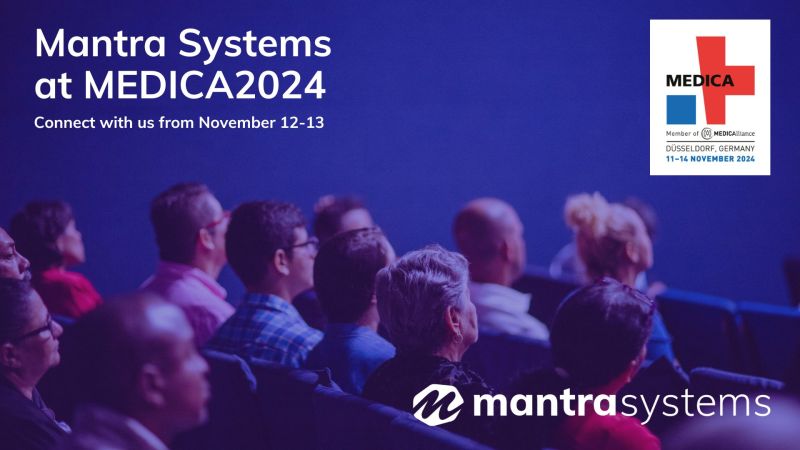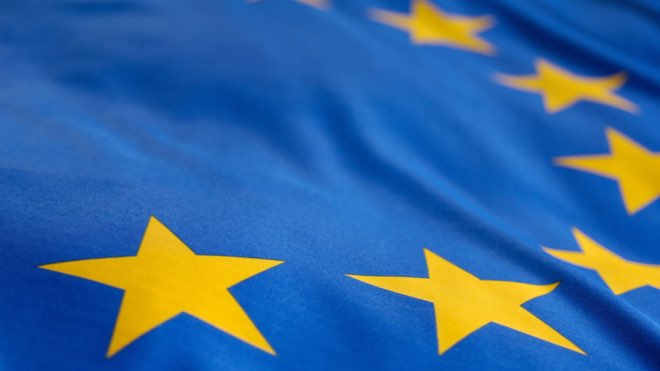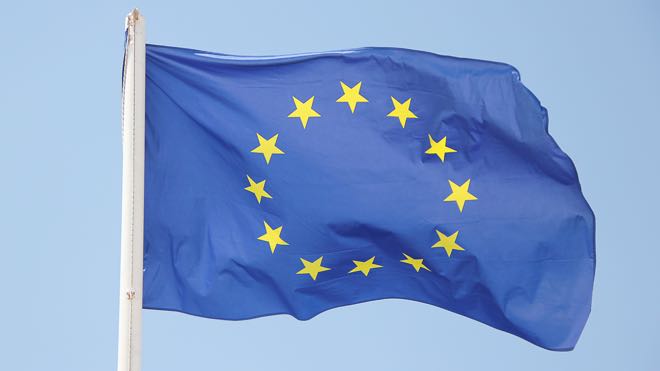
It has been extensively documented that much of the medical device sector was facing challenges in being ready to meet the 26th May 2021 MDR implementation date.
Sweeping regulatory changes and a lack of Notified Body capacity meant that many providers felt ill-prepared even before the emergence of COVID-19. Factor in the disruption caused by the coronavirus outbreak and it should be no surprise that many were calling upon regulators to delay full implementation of the MDR.
Reports now suggest that these calls may be answered.
While this would be welcome news for many, what would a delay mean in practice? To what extent can preparations for EU MDR be put on ice?
Although it is sensible in the short-term to focus on dealing with the exceptional pressures caused by the coronavirus outbreak, we believe that the importance of preparing for MDR enforcement must not be entirely displaced. This possible delay calls for a new wave of focus, using the extra time productively to gain broader advantages from being ready for the MDR.
Up until now, many companies across the industry were trying to do “just enough” to scrape through the 26th May deadline, viewing the MDR as a challenge rather than an opportunity. Our view all along has been that, with the correct approach, the EU MDR presents a unique opportunity for exceptional companies to prove the worth of their products and their wider organisation. Any implementation delay simply magnifies that opportunity.
Wisely investing the extra time to re-evaluate and partly re-purpose your existing MDR transition strategy could yield opportunities to make better use of clinical data, build relationships with clinical sites, and find solutions to compliance challenges that can better serve the needs of your wider organisation. With the correct strategy, regulatory departments have the opportunity to spearhead the development of new publications and to safeguard the competitive position of the company against competitors who have taken their eye off the MDR ball.
So what specifically can be done to make best use of an extra year? Here are 5 tips:
- Enhance your understanding of the MDR as an instrument — At 175 pages, the Medical Device Regulation (EU) 2017/745 is a challenging instrument to work with. Very few in the industry would profess to have a thorough understanding of the legislation itself, yet it holds all the answers to ensuring MDR compliance of your products both now and in the future. Download and read our White Papers to get an overview of the MDR.
- Perform a Gap Analysis — Go back to basics and use Annex I MDR to re-evaluate how robustly your existing clinical data portfolio demonstrates conformity with the general safety and performance requirements that are relevant to your products.
- Re-visit your PMCF Plan — Whatever your existing strategy for generating PMCF data, a well-designed PMCF Study or Survey offers a host of advantages in data robustness, minimising bias, ensuring data continuity and building relationships with clinical sites.
- Take stock of your technical documentation — Use the time to conduct an audit of your technical documents and compare your portfolio with the requirements in Annexes II and III of the MDR. Contact us for help in updating your documents to the required standard.
- Write a CER, even if not yet due — Compiling a CER to the requirements of the MDR rather than the MDD is a fantastic way to uncover any gaps in your Clinical Evaluation. It’s about much more than just the document — identifying any areas of deficiency now leaves plenty of time to address them before the revised MDR implementation date. Mantra Systems’ medical specialists are experts at writing CERs as part of our MDR consulting services.
The likely delay to full MDR implementation is a great opportunity to take stock, zoom out and re-assess your regulatory strategy. A sensible investment of time now will ensure you are well ahead of the competition when the MDR does come into full force. This is much more than just a box-ticking exercise. When done properly, it helps ensure that your devices can continue to be where they are needed most — in the hands of your customers, providing better and safer healthcare for patients everywhere.
Out of the woods? Not quite, but the regulators might have pruned the trees a little.














